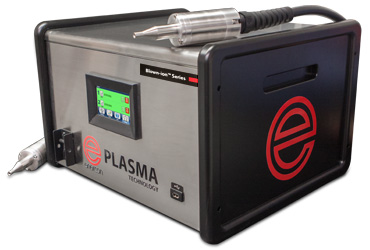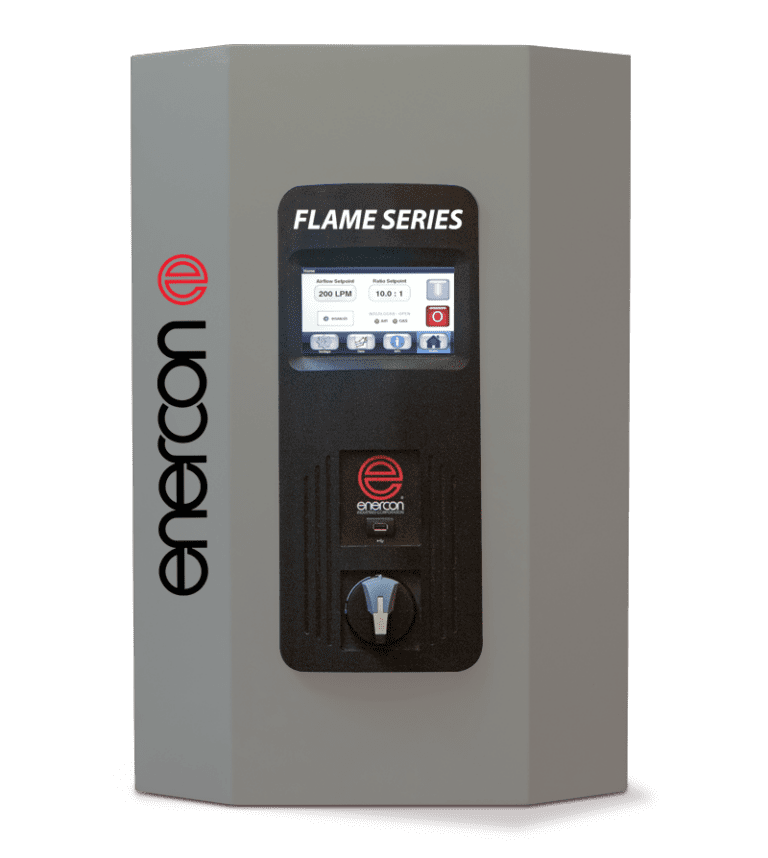Enercon Plasma and Surface Treating Technologies
Blown-ArcTM Series
Powerful treatment for non-conductive surfaces.
Effectively treat extruded, pultruded, molded and formed materials
Blown-IonTM Series
Best for treatment on conductive and non-conductive surfaces.
Effective on all types of polymers, elastomers, glass and even conductive surfaces
Flame Series
Safe and reliable surface treatment for any flat or dimensional surface.
PowerFlame high velocity burner Technology
PlasmaTM VCP
Powerful treatment for non-conductive surfaces.
Effectively treat extruded, pultruded, molded and formed materials
Applications
How Plasma & Flame Surface Treating Works – Explainer Video
Enercon – Plasma & Flame Surface Treating Equipment
Enercon’s Blown-ion Plasma Technology delivers highly effective treatment for both conductive and non-conductive surfaces to improve surface adhesion properties prior to bonding with inks, coatings, & adhesives
Enercon’s new Blown-ion™ Plasma Technology produces powerful treatment for applications requiring uniform surface treatment to improve adhesion at high speeds. This Blown-ion™ plasma treater utilizes a MultiPort™ design that bombards surfaces with an intense, high speed discharge of ions to clean, etch & functionalize surfaces. Treatment removes contaminants, increases bonding sites, & improves the wettability of plastics, composites & metal surfaces for improved adhesion.
Enercon’s Blown-arc Plasma Technology delivers highly effective treatment for non-conductive surfaces prior to bonding with inks, coatings, & adhesives. Enercon plasma treaters bombard surfaces with a high speed discharge of ions to clean, etch and functionalize surfaces. Its wide treatment path works well on a variety of surfaces. Models are available with either one or two treatment heads in both standard and Pro Series configurations.
Enercon Flame Treaters offer safe and reliable flame surface treatment for any flat or dimensional surface. Our advanced combustion control architecture and high velocity flame power burner ensures powerful and repeatable flame surface treating results. A flame treater cleans and activates surfaces with flame surface treatment to create stronger adhesive bonds, faster line speeds, and improved product quality.








